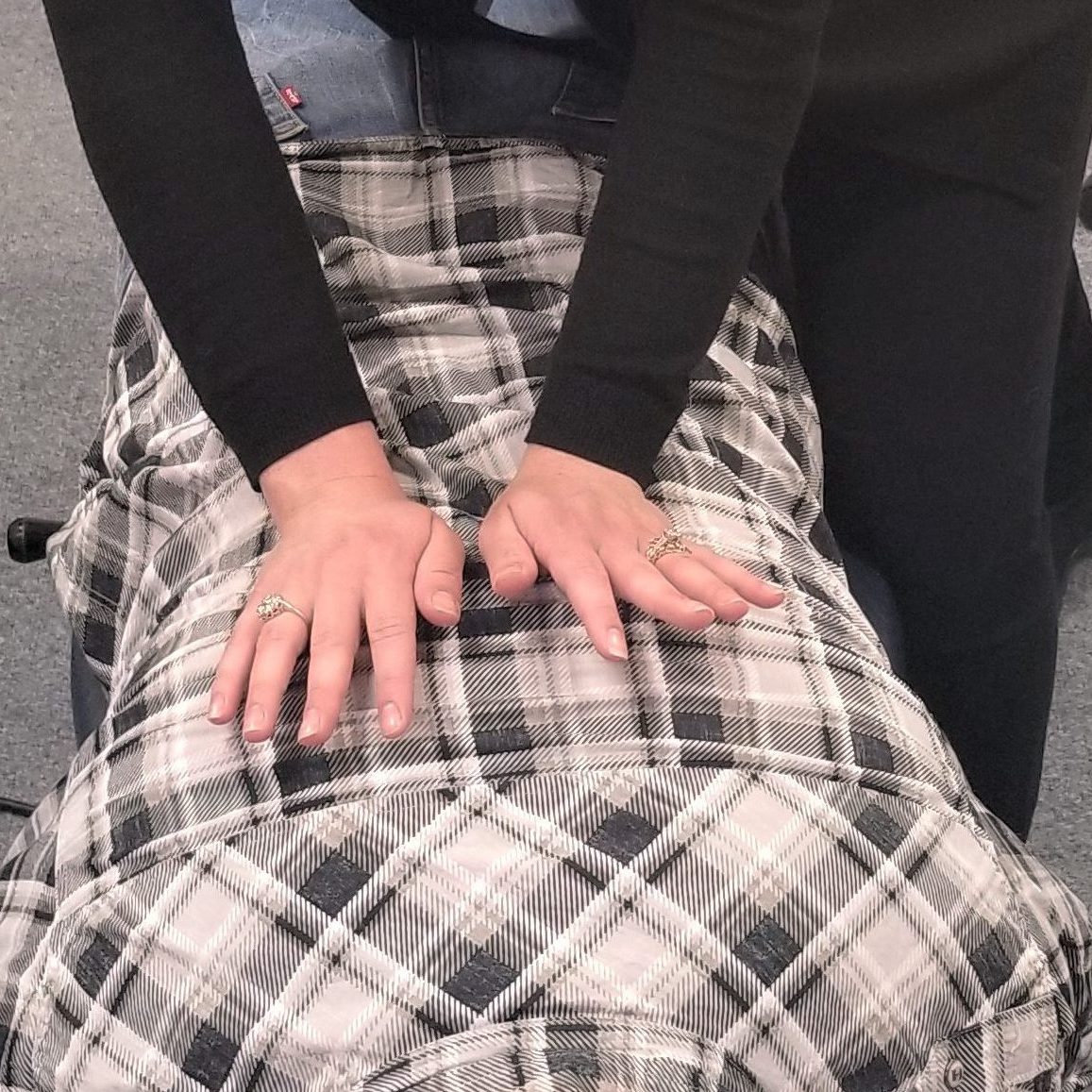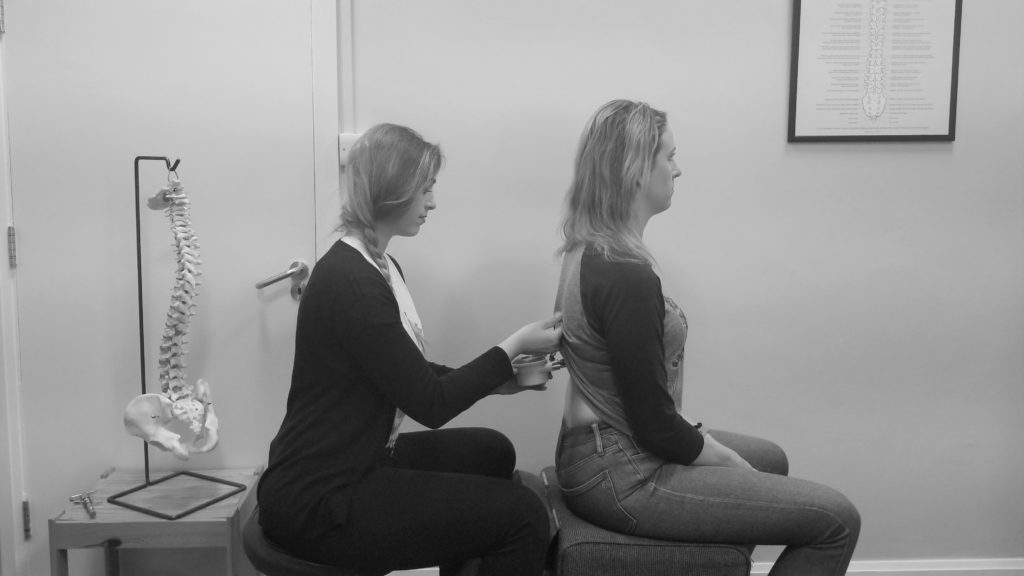Family Chiropractic Care

The first and most important step you can take to ensure the health and well-being of your family is chiropractic care.
The objective of chiropractic is not pain relief as most people would expect. Chiropractic is primarily the study of the spine and nervous system and how they interact and impact each other. When the bones misalign through trauma, toxins or thoughts (also known as the 3 T’s), they interfere with the normal function of the nerves. By removing the nerve interference through SPECIFIC chiropractic adjustments, the body can begin healing and embark on the path towards normal function. Addressing the misalignments in the spine allow the brain and nervous system to provide your body with the information it needs to function optimally.
This lifeline is responsible for every function that occurs in the body. Chiropractic benefits are widespread and truly impact the overall health and wellness of the individual.
We adjust patients from birth to their final days. Misalignments are a part of life simply due to everyday occurrences; therefore chiropractic care should be as regular in your life as brushing your teeth!
Participation in wellness chiropractic care gives you an investment that will pay off with added vitality and years!
Gonstead System and Extremity adjustments

Dr. Paige specializes in the Gonstead System and Extremity adjustments. The Gonstead System is an approach and chiropractic technique that utilizes visualization, instrumentation, palpation and patient symptomatology, all which allow Dr. Paige to provide a confident and specific adjustment. In the Gonstead system, Dr. Paige analyzes the spine and applies all the information to every adjustment.
Palpation
In the Gonstead System, both Static and Motion Palpation are utilized to precisely find areas of involvement. Static Palpation is the “hands on” part of the adjustment that helps indicate temperature changes on the skin, as well as changes in skin tone or texture. Motion Palpation is the “movement” part of the palpation where Dr. Paige will determine how the bones are moving.
Visualization
Visualization starts from the moment the patient walks in the door. Dr. Paige looks for visual differences, such as differences in height between the ears, shoulders and hips, as well as posture and gait, are useful to help confirm and Palpation findings.
Instrumentation
Dr. Paige uses an instrument called a Nervoscope. This instrument is like a thermometer for your back! The temperature readings on the instrument help pin-point possible subluxations in your spine and help determine if correction occurred after the adjustment.
Case Management (Symptomatology)
Dr. Paige takes into account more than having neck or back pain. In the Gonstead Chiropractic System, all information regarding a patient’s health history helps determine which area in the spine a patient may need to be adjusted. Symptoms can help indicate which part of the nervous system (Sympathetic vs. Parasympathetic) is stressed.
Dr. Paige has also specialized in both lower and upper extremity adjusting. She has taken Gonstead extremity, Mally extremity, and Palmer extremity courses.
Dr. Meg utilizes a combination of techniques in her adjustments, such as sacro-occipital technique, activator, as well as cranial techniques. Dr. Meg also specializes in pediatric care.
